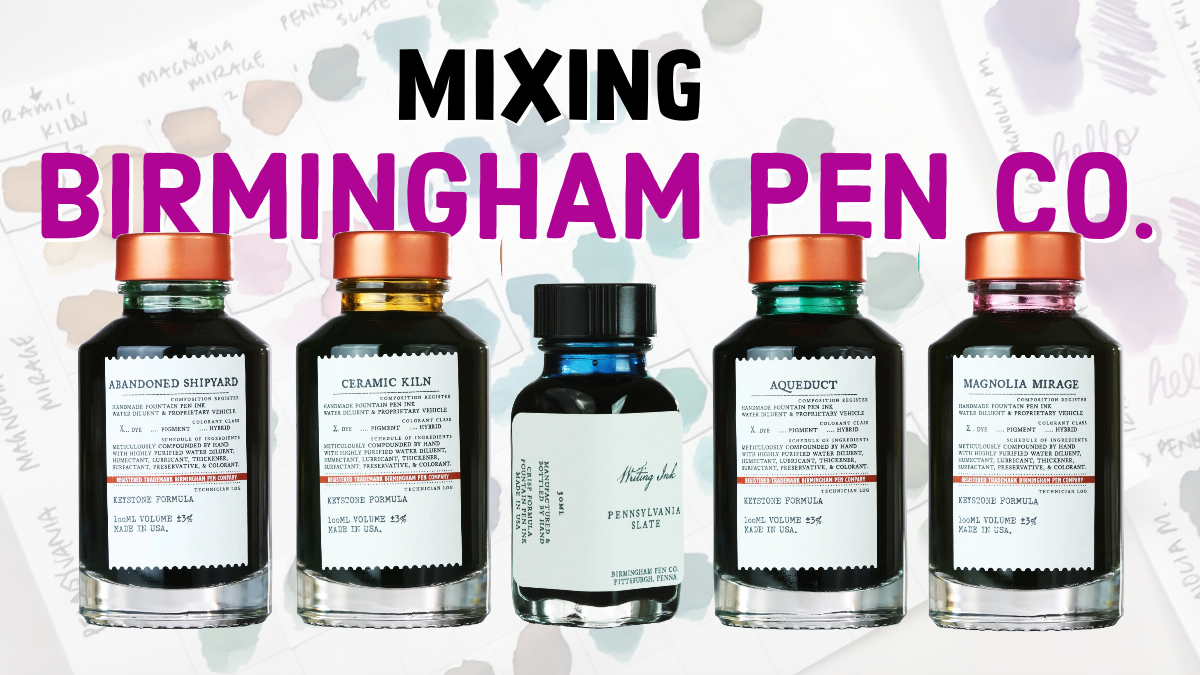February 13, 2023
Beginner’s Guide to Split Primary Watercolor Palettes
How to Avoid Muddy Colors when Mixing Watercolor
Red, Yellow, and Blue (warm colors) are chosen for their versatility in creating a wide range of hues, but cool colors such as Cyan, Yellow, and Magenta, can also be utilized. A split primary palette expands the range by including both warm and cool variations of each primary color. Warm colors are closer to red-orange while cool colors are closer to green-blue or yellow-violet. The concept of warm and cool colors can be applied to analogous colors of similar hue.
🎨 Daniel Smith Essentials Set (5ml)
🧡 Warm Yellow (orange biased)
New Gamboge, Pure Yellow, Winsor Yellow, Cadmium Yellow Deep, Hansa Yellow Deep, Indian Yellow, Quinacridone Gold
💛 Cool Yellow (green biased)
Lemon Yellow, Hansa Yellow Light, Cadmium Yellow Light, Transparent Yellow, Nickel Azo Yellow, Aureolin
❤️ Warm Red (orange biased)
Vermilion, Vermilion Light, Pyrrol Scarlet, Cadmium Scarlet, Cadmium Red Light, Naphthol Scarlet, Pyrrol Orange
💗 Cool Red (purple biased)
Quinacridone Rose, Quinacridone Magenta, Anthraquinoid Red, Permanent Carmine, Quinacridone Red, Permanent Rose, Quinacridone Violet
💙 Warm Blue (purple biased)
Ultramarine, Ultramarine Finest, French Ultramarine, Indanthrone Blue, Cobalt Blue
🐳 Cool Blue (green biased)
Helio Cerulean, Cerulean, Phthalo Blue (GS), Prussian Blue, Manganese Blue, Winsor Blue (GS), Cobalt Teal
*Coupons & Promos*
- Jackson’s – Art supply current SALES
- BLICK – Art supply current SALES
- Atlas Stationers – EXTRA 10% OFF your cart* “JANNAH10”
- Pen Boutique – EXTRA 5% OFF your cart “JANNAHLYON4”
- Pen Chalet – $10 OFF your cart + free shipping on $75+
- Truphae – $5 OFF your cart + free shipping (coupon will be in the bottom left corner)
- Ferris Wheel Press – 15% OFF your cart “JA-JANNAH”
- Lochby – 10% OFF your cart* “JANNAHLYON”
*My Favorite Supplies & Tools*
🎨 Favorite Watercolor Supplies
✒️ Favorite Fountain Pen Supplies
🍱 Studio Organization Favorites
☕ Favorite Journaling & Stationary Supplies
🤓 Tech & Tools
🎨 Supplies for making watercolor paints
I have an affiliate relationship with most of the retailers in this post, including Jackson’s & Amazon. This means if you buy goods using any of my affiliate links I receive a small commission at no extra charge to you 🙂 You certainly do not have to use any of them but I hope they are helpful ♥




Leave A Comment